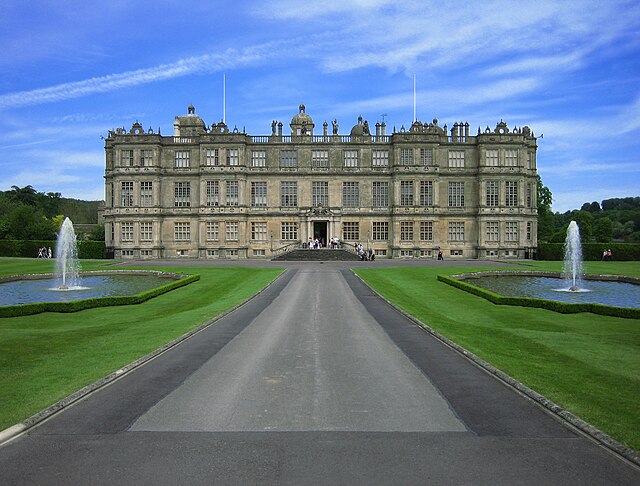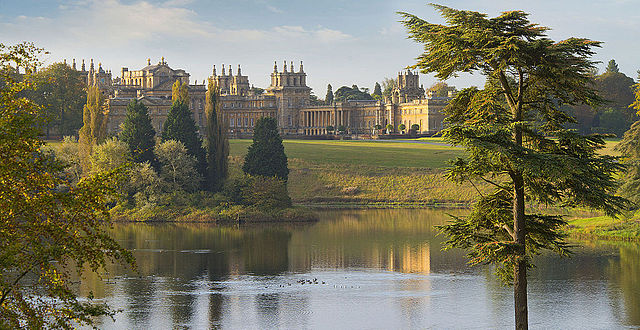Mentmore Towers, historically known simply as "Mentmore", is a 19th-century English country house built between 1852 and 1854 for the Rothschild family in the village of Mentmore in Buckinghamshire. Sir Joseph Paxton and his son-in-law, George Henry Stokes, designed the building in the 19th-century revival of late 16th and early 17th-century Elizabethan and Jacobean styles called Jacobethan. The house was designed for the banker and collector of fine art Baron Mayer de Rothschild as a country home, and as a display case for his collection of fine art. The mansion has been described as one of the greatest houses of the Victorian era. Mentmore was inherited by Hannah Primrose, Countess of Rosebery, née Rothschild, and owned by her descendants, the Earls of Rosebery.
Mentmore Towers
The Grand Hall at Mentmore. Aged just five months, Hannah de Rothschild helped lay the foundation stone for the great mansion on 31 December 1851. She is pictured here in white with her mother circa 1863.
Mentmore, the ground floor; many of the rooms named for the collections they once contained. 1:Grand Hall; 2:White Drawing Room; 3:Dining Room; 4:Library; 5:Amber Room; 6:limoges Room; 7:Imperial staircase; 8:Study; 9:Vestibule; 10:Green drawing Room; 11:South Entrance Hall; 12:Blarenberghe Room; 13:du Barry Room; 14:Billiards Room; 15:Smoking Room/Armoury; 33: Italian garden; 34:Servants' courtyard; 35:Cour d'honneur; 36:South Terrace; ST:minor service staircases. For other rooms, please see
The dining room (3). The boiseries, or elaborately carved wood panels, were from the Hôtel de Villars, Paris, and are the first example of this type of decoration to be used in an English house. The fragments of the boiseries not used at Mentmore were later installed at Waddesdon Manor
An English country house is a large house or mansion in the English countryside. Such houses were often owned by individuals who also owned a town house. This allowed them to spend time in the country and in the city—hence, for these people, the term distinguished between town and country. However, the term also encompasses houses that were, and often still are, the full-time residence for the landed gentry who dominated rural Britain until the Reform Act 1832. Frequently, the formal business of the counties was transacted in these country houses, having functional antecedents in manor houses.
Belton House is an English country house in Lincolnshire
In the 20th century Longleat House was the first country house to open to the paying public, and also claims the first safari park outside Africa.
Blenheim Palace
Forde Abbey in Dorset. Many country houses have evolved and been extended over several centuries. Here, the architecture runs from Medieval ecclesiastical to Palladian and on to Strawberry Hill Gothic, while at sometime an attempt at unity has been made by the use of crenelation.








